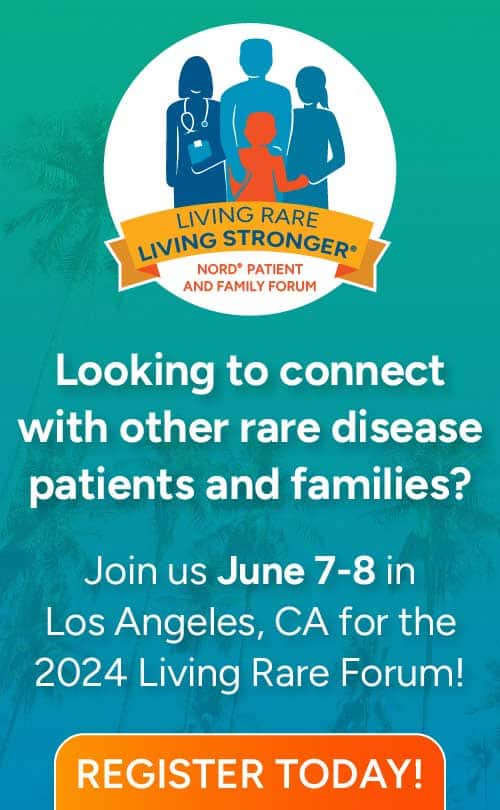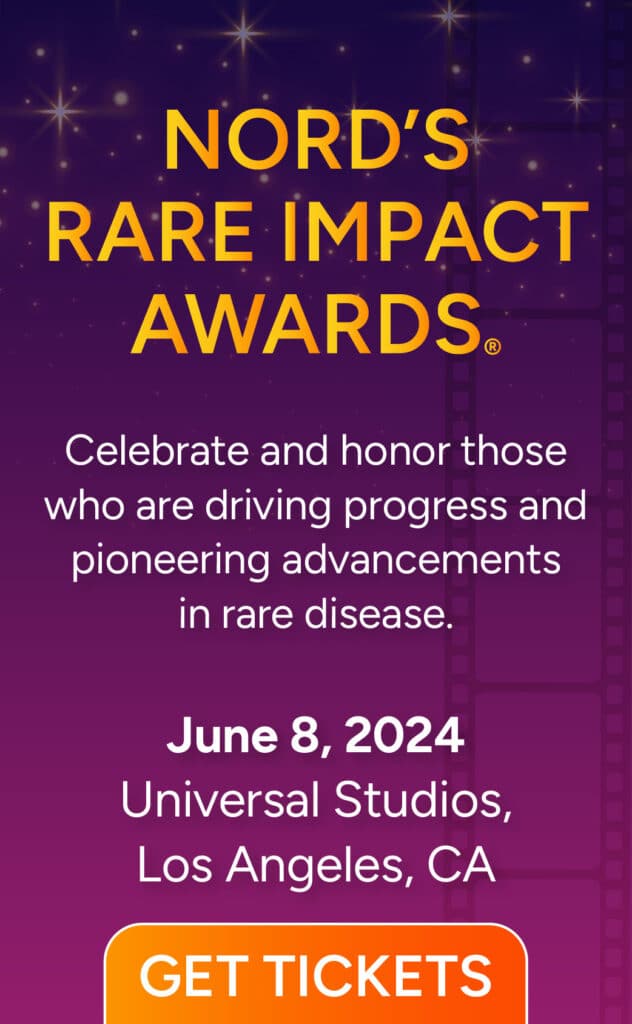Every September, we celebrate and raise awareness for newborn screening (NBS) in the United States and the impact it has had on millions of families. Each year, approximately four million babies are screened for serious disorders that are present at birth. Of those four million, screening identifies over 12,000 infants annually with a condition that, if left undiagnosed and untreated, would cause severe disability or death.
History
NBS traces its origins to the 1950s and 1960s, when Dr. Robert Guthrie developed a blood test to screen for a condition called phenylketonuria (PKU) shortly after birth and subsequently began conducting pilot studies to identify pre-symptomatic newborns with PKU. The success of this effort led other states to begin screening newborns, and in a few short years, NBS took off. By the mid-1960s, almost every state was testing for PKU.
Since the 1960s, NBS programs throughout the US have increased the number of newborns screened at birth and, as a result, saved and improved lives. NBS has evolved into one of the most effective, equitable public health programs in the US. By screening almost every American child born, this program is inclusive of every demographic group and ensures screening is done equitably. As the program has evolved, more conditions have been evaluated and added to testing panels to save or improve the lives of more infants.
NBS Today
There are programs in all 50 states and the territories ensuring almost every single child in the US is tested within 24-48 hours of being born. Currently, all NBS programs test for at least 31 of the 35 core conditions on the Recommended Uniform Screening Panel (RUSP). These conditions have been formally recommended by the Health Resources Services Administration (HRSA) within the federal government for states to screen. This is currently the 7th decade of newborn screening in the United States. When NBS began in the 1960s, there was one federally recommended condition; now there are 35.
While states retain the choice to screen for whichever conditions they prefer, many choose to include most or all of the RUSP and will sometimes screen for secondary conditions. To be included in the RUSP, a condition must have a test that can detect the disease pre-symptomatically. There must also be an available treatment for the condition. New conditions are added to the RUSP through a process of nomination and a thorough vetting of the condition, the diagnostic test to detect it, and the treatment for the condition. The pace of adding conditions to the RUSP varies; the most recent condition, spinal muscular atrophy (SMA), was added in 2018. Currently, there are two conditions in the different phases of consideration. It frequently takes a few years for states to incorporate the new condition into their panel because adding a condition usually requires approval from a state authority, additional equipment, and in many cases, additional staffing expertise.
NORD NBS Engagement
For the past six years, NORD has published an annual State Report Card,
which includes an evaluation of NBS programs around the country. NORD evaluated programs by looking at several key areas in each state: the number of RUSP conditions screened for, how the state added RUSP core conditions, how state NBS programs are funded, use of remaining dried blood spot specimen collected from the infant, and the presence and role of an NBS advisory committee. These elements provide NORD with the information we need to determine a “grade.”
In addition, NORD also engages with the administration and with Congress about the importance of NBS. Recently, NORD has been pressing Congress to pass HR 482, the Newborn Screening Saves Lives Reauthorization Act, which has been passed by the House of Representatives and awaits consideration in the Senate. This bill would reauthorize key programs at the Centers for Disease Control and Prevention (CDC) and HRSA at the federal level. Additionally, NORD has been actively advocating for increased federal funding for those critical programs so that they can operate at the highest possible level and provide assistance to the states.
Future of NBS
The long-term success of the NBS programs relies on patients, the parents of children whose lives have been saved or improved by NBS, as well as the dedicated professionals at state NBS programs who work tirelessly, to share their stories and expertise with policymakers.
If you are willing to share your NBS story, please click here.
NORD’s vision for the NBS environment is one where each state can test for the entire RUSP, states have the authority to add new RUSP conditions as they see fit, programs have adequate funding mechanisms so they may test every child born for as many conditions as feasible and research is conducted to ensure the accuracy of current NBS tests and the development of new tests.
We hope that you will join us throughout the month of September to celebrate and continue the fight for newborn screening in our country. NORD has collated many of its NBS activities and resources,
and we encourage members of the rare disease community to share NORD social media posts and tag us when engaging on social media.
Reach out to Richard White (rwhite@rarediseases.org) with any stories or questions about NBS.



